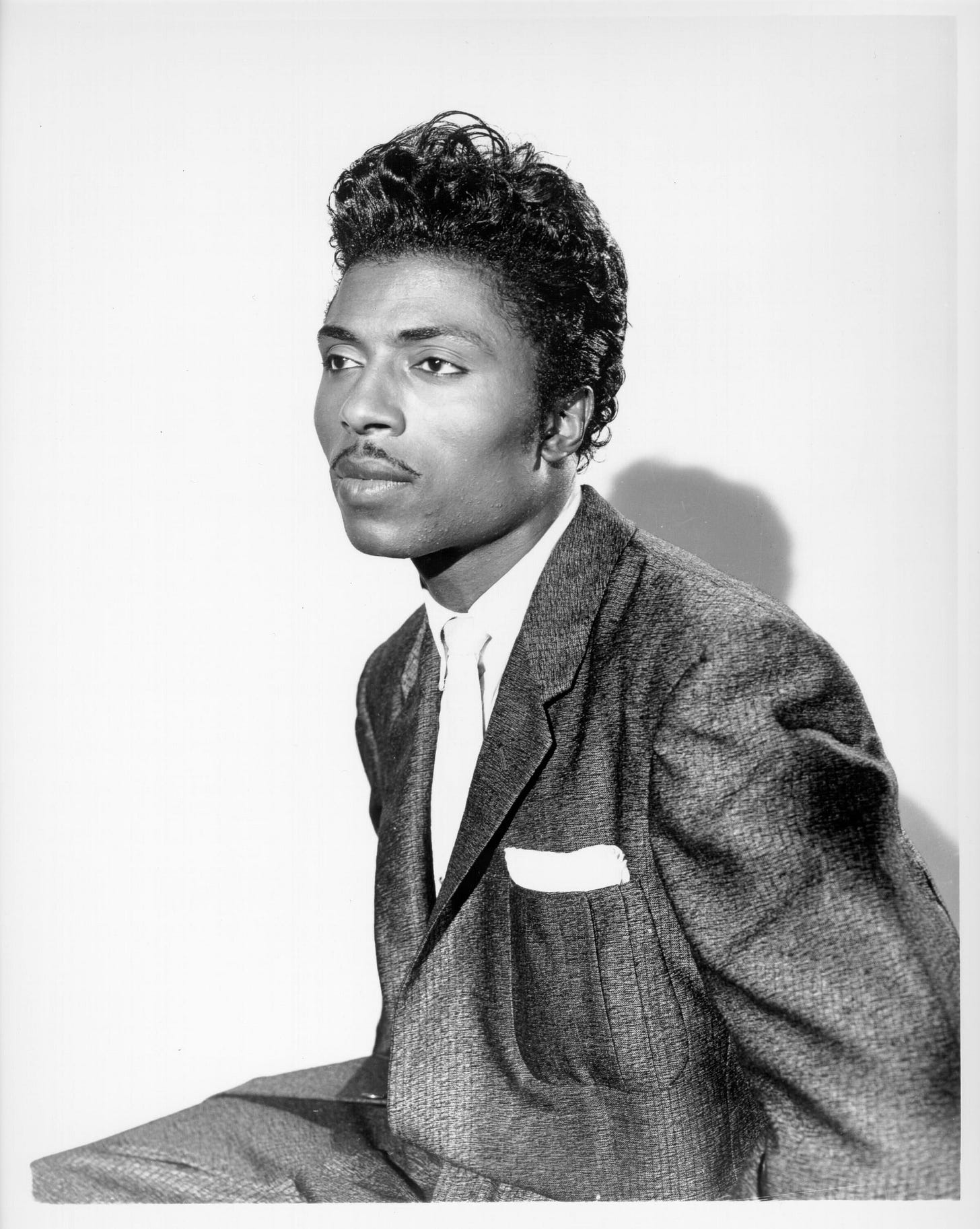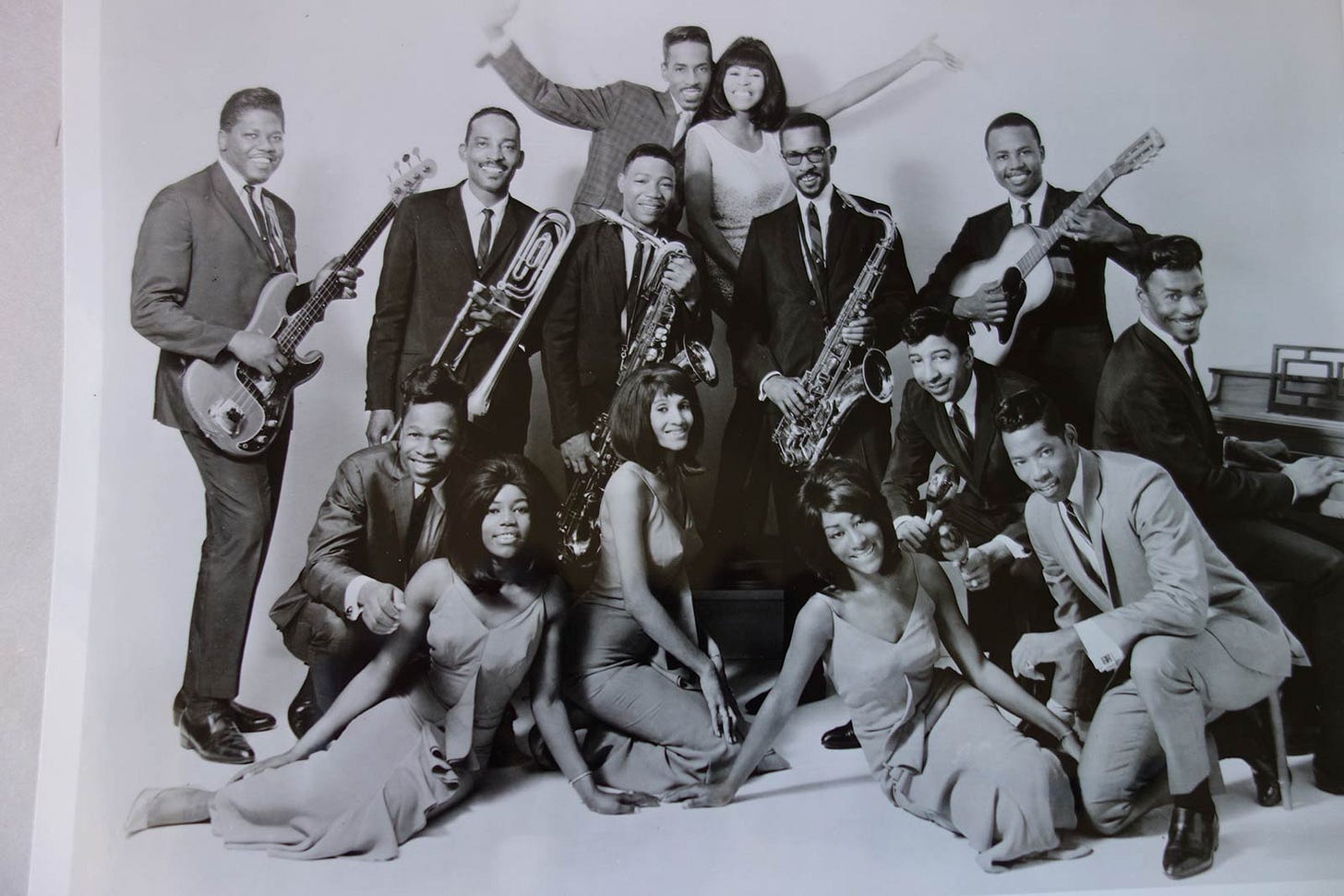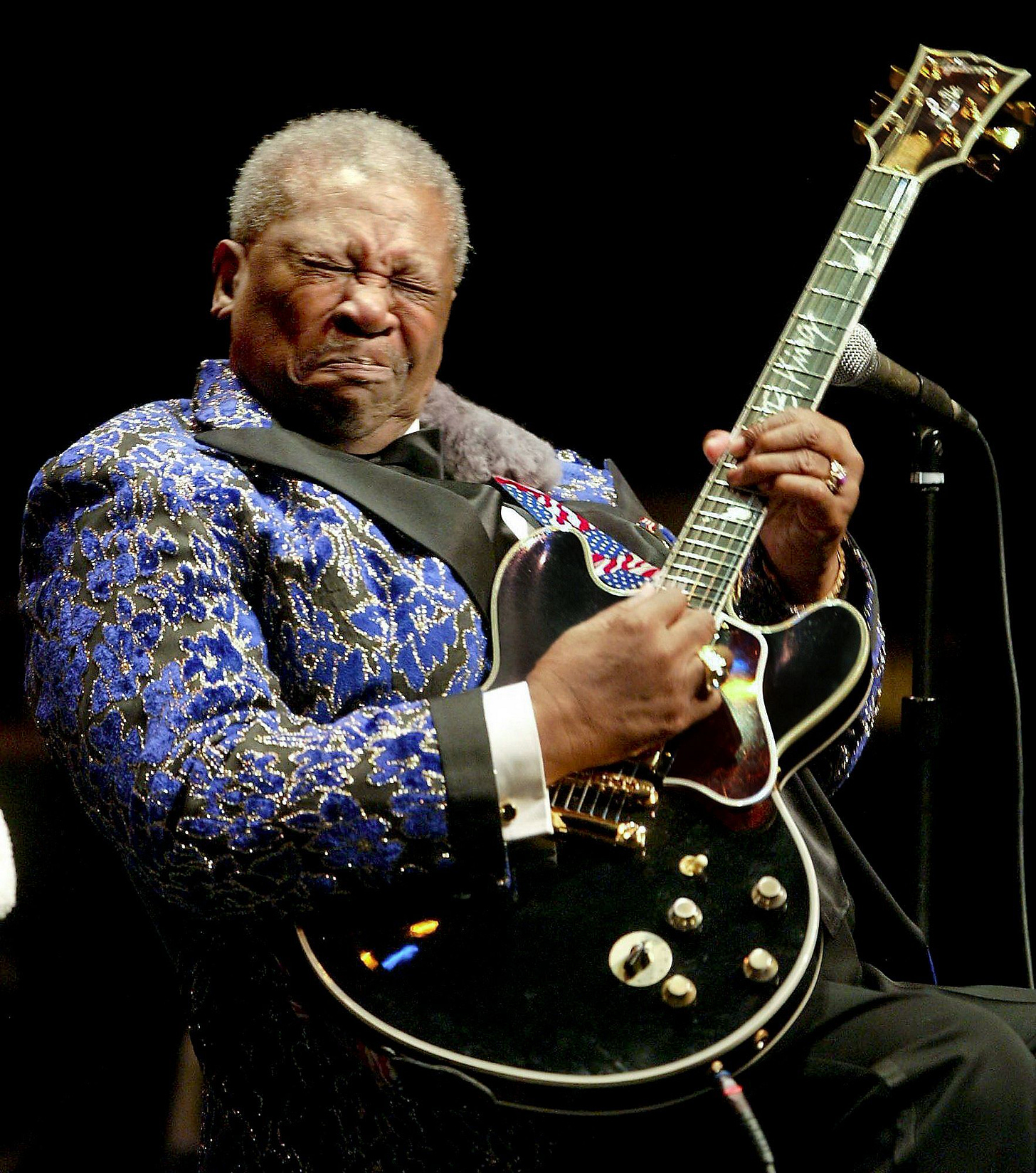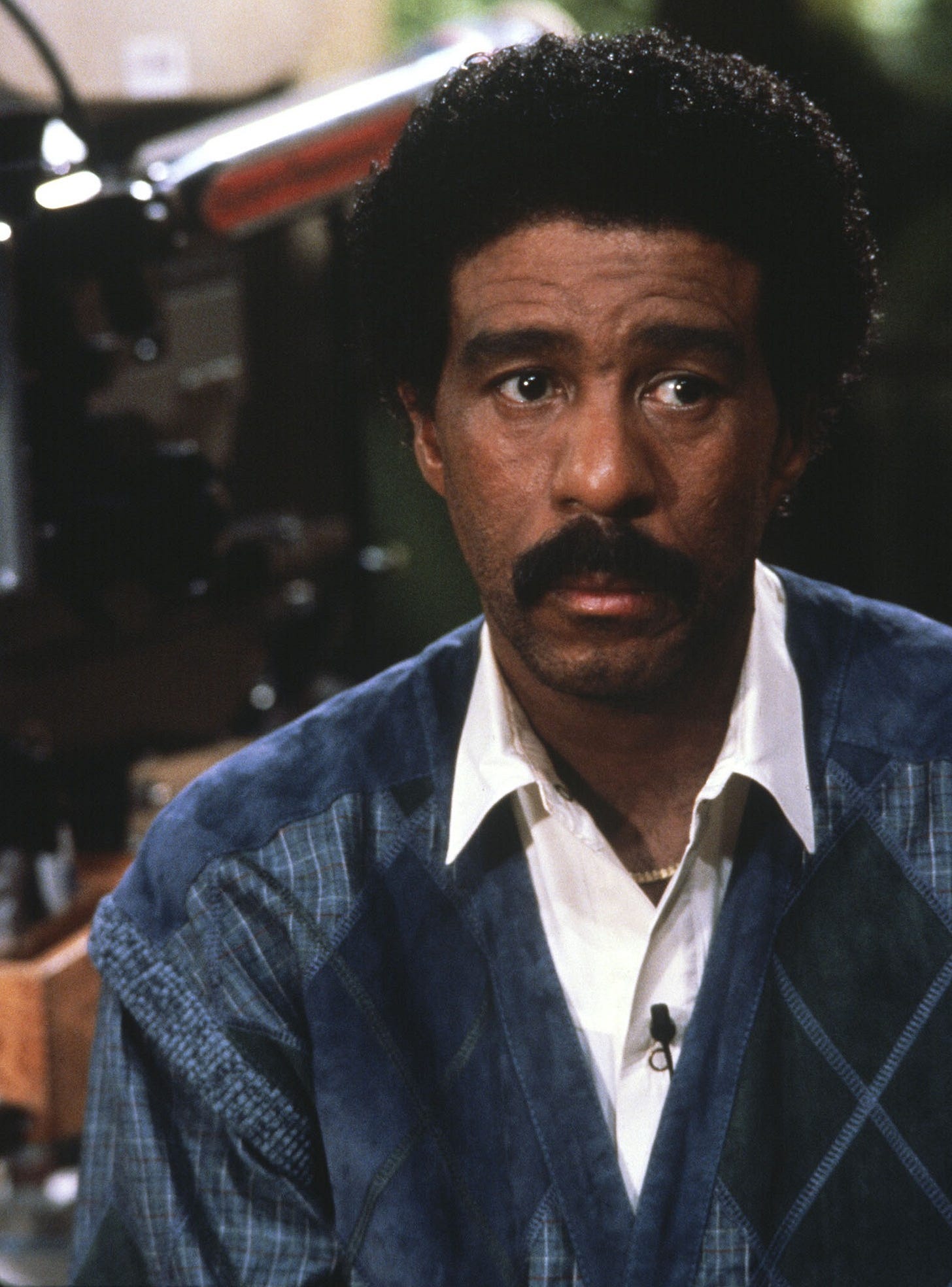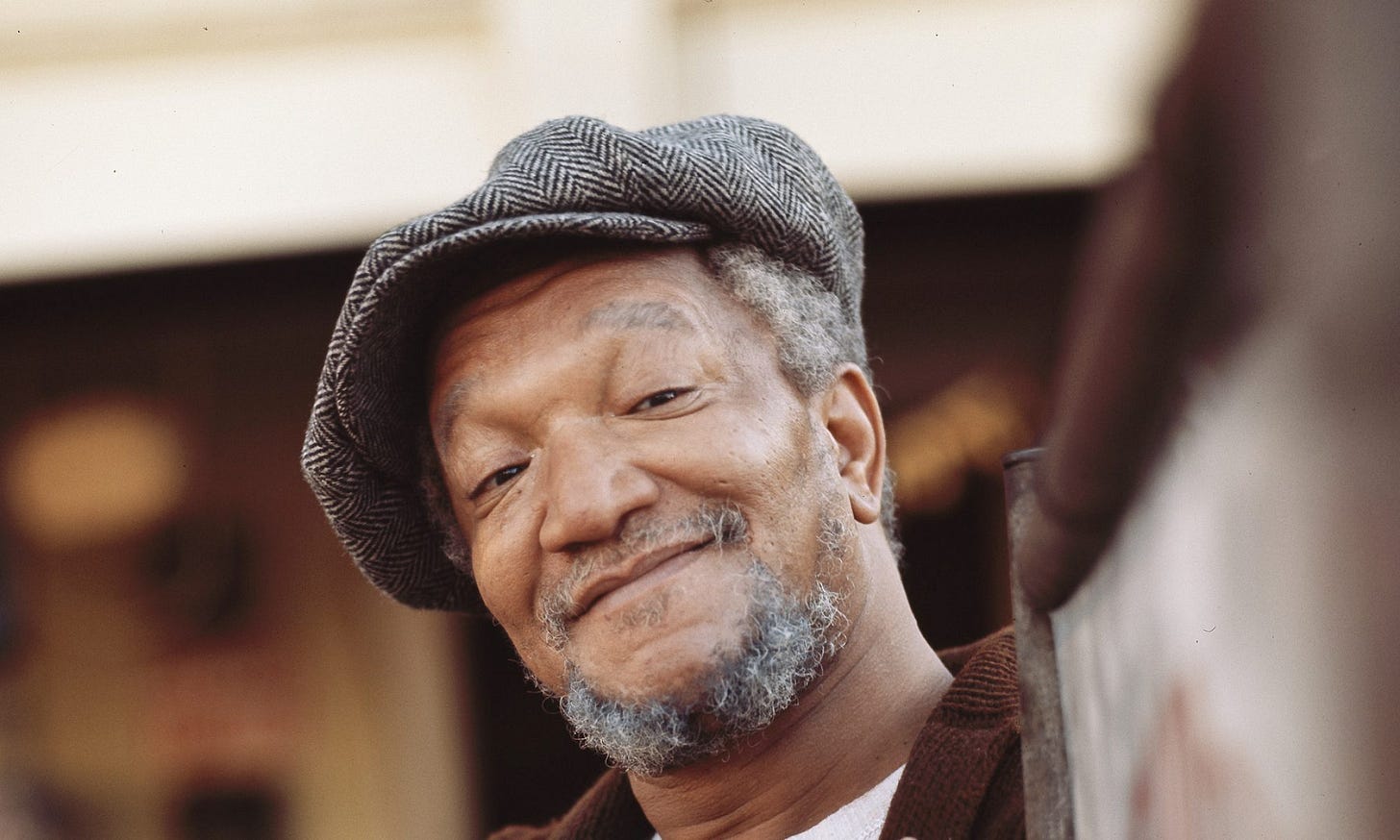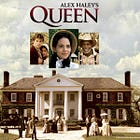Happy Sunday, Brunchers! I hope all is well! Now, if you know me, and know me well you are pretty familiar with my music taste. I do like a lot of DIFFERNT types of music, true, but my favorite genres of music have got to be Blues and Funk. If you’re familiar with these genres, you’d know that a lot of artist that specialize in these sounds got their start during the 50’s, 60’s, and 70’s, the best time for music, in my opinion. When I found of Beyoncé (#beyhive) was calling the Cowboy Carter tour The Chitlin Circuit I thought, wait a minute, some folks don’t even know what The Chitlin Circuit is. Let’s jump into it!
When I was younger, my grandmother’s best friend owned a Juke Joint (I know!) and my grandmother would sometimes help her with stocking the place with liquor and décor. This one time, my grandparents got her a handmade clock, that featured Ray Charles. This was right around the time he’d passed away, and I was pretty young so I was not sure who he was. Anyhow, the clock was in my grandparent’s living room, waiting for my grandma’s bestie to come and pick it up. In the interim, my nanny (godmother, for those of you who ain’t from where I’m from!) came over, saw the clock, and fell into tears! She was upset about Ray Charles passing. This led to me learning more about him and boy I have no regrets!
When you think of how America's most iconic music came to be, forget the glamorous concert halls and fancy recording studios. The real magic happened in packed, sweaty clubs, converted theaters, and roadside juke joints across Black America. The Chitlin' Circuit is a legendary network of venues stretching across the eastern, southern, and upper midwest United States and it wasn't just no tour route. From the 1930s through the 1960s, it was the beating heart of Black entertainment and the birthplace of sounds that would change music forever.
The name itself tells you something important. "Chitlin'" comes from chitterlings—pig intestines transformed into very delicious (argue with ya maw! I said what I SAID!) soul food, a southern staple. It's the perfect metaphor for what the circuit represented; creating something magnificent from what you've got when the mainstream slams its doors in your face. During the harsh reality of Jim Crow segregation, when Black performers couldn't set foot on many "whites only" stages, these venues became their artistic home.
The circuit included famous spots like the Apollo in Harlem and the Howard Theatre in D.C., but its true strength came from countless smaller venues; places like the Royal Peacock in Atlanta, the Regal in Chicago, the Paradise in Memphis, and hundreds of smaller clubs with names lost to history except by the locals who packed them night after night.
I'm not exaggerating when I say the Circuit shaped just about every genre of American music we love today. Let's look at who was tearing up these stages:
Ike and Tina Turner burned up these venues with their high energy revue. Tina's explosive stage presence those famous wild dance moves and raw, powerful vocals evolved directly from performing for demanding circuit audiences who expected to get their money's worth.
James Brown I’ve worn his biopic OUT, I am a huge Chadwick Boseman fan too, so it’s a win/win. He may never have became the Hardest Working Man in Show Business without the circuit. It's where he developed his legendary cape routine, those impossible dance moves, and the tight, disciplined band work that would revolutionize rhythm and create funk music as we know it.
B.B. King played so many circuit venues that he reportedly performed 342 shows in a single year at his peak. His distinctive guitar style, making "Lucille" sing with those unforgettable single-note runs, was perfected in smoke-filled rooms where the blues wasn't a museum piece—it was living, breathing expression.
Little Richard took piano playing to wild new heights, pounding the keys, standing on his instrument, and screaming "A-wop-bop-a-loo-bop-a-wop-bam-boom!" to audiences who couldn't believe what they were seeing. His flamboyant style and boundary-pushing sound helped birth rock and roll itself.
These weren't just performances they were creative boot camps. Circuit audiences were notoriously tough (Ike and Tina got into a fight with Black Panthers chile!). They paid hard earned money and expected excellence in return. Mediocrity wasn’t it, and performers knew it, those folks would “boo” you off a stage in a heartbeat. This crucible of nightly excellence pushed artists to continually innovate, creating the revolutionary sounds that would eventually transform global music.
For all the artistic magic happening on stage, life on the Chitlin' Circuit was brutally hard. Artist often drove hundreds of miles between shows, sometimes playing multiple venues in a single night. And remember, this was during segregation, many hotels and restaurants wouldn't serve Black customers, no matter how famous they were. Imagine being Black and stuck in the middle of white America during segregation? Hell, RIGHT NOW?
"You'd play your heart out, get a standing ovation, and then have nowhere to sleep," B.B. King once recalled. Artists often crashed on couches in private homes, slept in their cars, or stayed in "colored only" accommodations. Publications like "The Green Book" became essential guides, helping travelers identify safe places to eat and sleep.
Pay could be unpredictable too. Some venue owners were notorious for shortchanging performers or disappearing with the night's take. Artists developed survival strategies getting paid in advance when possible or having the biggest guy in the band stand by the door to collect their cut of the ticket sales. Being talented wasn’t enough to survive the Circuit, you needed strength and sense that the good Lord blessed you with, amen?
While music dominates the Chitlin' Circuit's legacy, these venues nurtured other art forms too. Comedy greats like Redd Foxx, Moms Mabley, and later Richard Pryor developed their distinctive voices on the circuit. Free from the constraints of "crossover appeal," they could speak directly to Black experiences with honesty, insight, and raw humor that would eventually transform American comedy itself.
Dancers, theatrical performers, and variety acts also found homes on the circuit. Many venues presented elaborate revues featuring multiple art forms. A singer might be followed by a comedian, then dancers, creating unforgettable nights of entertainment that offered audiences a complete experience.
The Chitlin' Circuit represented a remarkable entrepreneurial achievement. Remember, this was an era when Black business owners faced enormous obstacles, limited access to capital, banking discrimination, and often outright hostility from white institutions.
Yet Black entrepreneurs built and maintained an entire entertainment infrastructure. Theater owners, promoters, hotel operators, restaurateurs, drivers, and countless others created an economic ecosystem that kept money circulating within Black communities.
Take Denver Ferguson in Indianapolis, who not only ran nightclubs but printed tickets, booked acts across the Midwest, and published a regional entertainment guide. Or Sunbeam Mitchell in Memphis, whose Club Handy became a legendary venue while he simultaneously ran a hotel where musicians could safely stay. These business pioneers rarely get the recognition they deserve, but they were as crucial to American music as the artists themselves.
As the civil rights movement made gains and legal segregation began to crumble, mainstream venues gradually opened to Black performers. While this represented progress, it ironically contributed to the circuit's decline. Many historic venues couldn't compete with larger, better-funded mainstream competitors.
Urban renewal projects in the 1960s and 70s delivered another blow, demolishing entire Black business districts in many cities. The changing music industry, with its emphasis on radio play and record sales over live performance, further challenged the circuit's traditional model.
Yet its cultural legacy remains immeasurable. The circuit fundamentally shaped American musical traditions that would conquer the world, rock and roll, soul, funk, and rhythm and blues all bear its imprint. Contemporary performance styles across genres still reflect techniques pioneered by circuit veterans.
More than that, the circuit's history offers powerful lessons about creativity and resilience. It reminds us that some of America's greatest cultural achievements were born not from privilege and institutional support, but from communities creating their own opportunities when doors were slammed in their faces.
In recent years, there's been growing recognition of the Chitlin' Circuit's historical importance. Some remaining venues, like the Apollo, have received historical designation. Others, like the Howard Theatre in Washington D.C., have been lovingly restored.
Musicians and performers continue to pay homage to this legacy. When you hear artists talk about "paying dues" or the importance of live performance skills, they're nodding to traditions established during the circuit's heyday.
That circuit may be largely gone now, but its cultural impact surrounds us every day. In creating spaces for themselves when excluded from mainstream venues, Black artists and entrepreneurs didn't just survive, they revolutionized American culture forever. Who’s your favorite Chitlin’ Circuit artist? If you don’t have one, I suggest you go and listen chile, because you missing out! I’ll see ya’ll next time!







